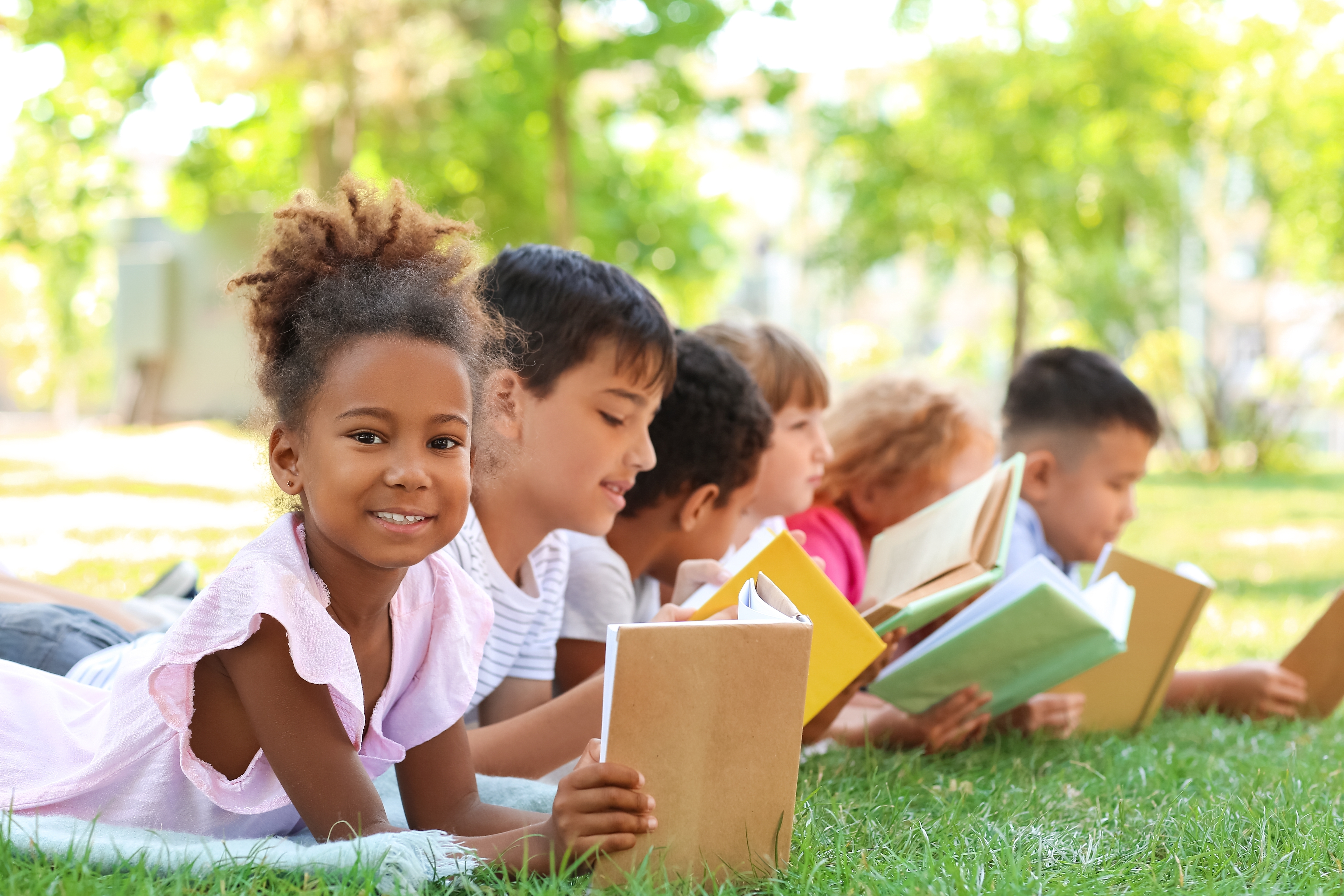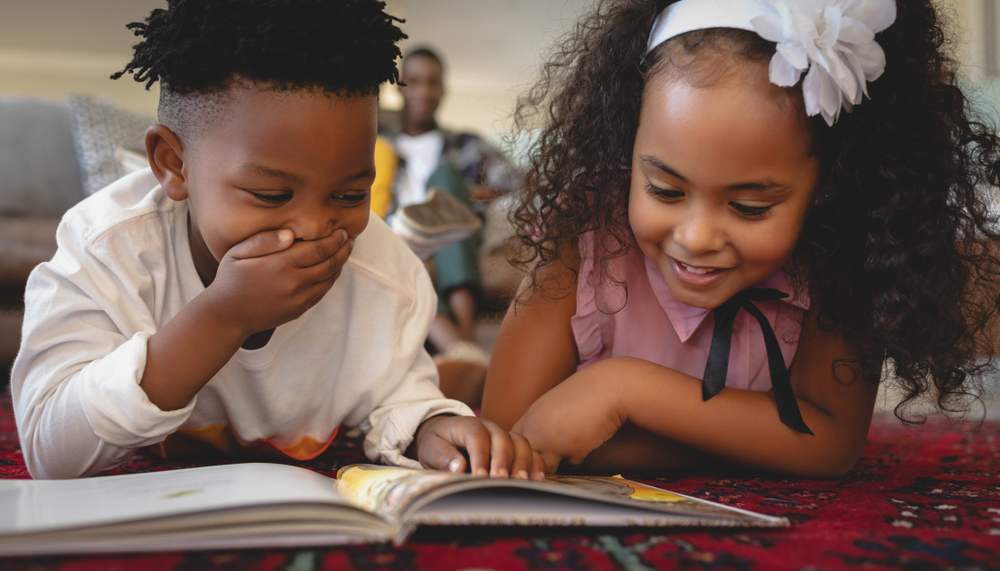Critical Thinking Reading Non-Fiction Worksheets for Ages 5-8
8 filtered results
-
From - To
Enhance your child's reading skills with our "Critical Thinking Reading Non-Fiction Worksheets" designed for ages 5-8! These engaging worksheets promote active learning by encouraging young learners to explore real-world topics while developing essential critical thinking skills. Through various interactive exercises, children will analyze, evaluate, and synthesize information from non-fiction texts. Our resources are tailored to help kids make connections, ask questions, and draw conclusions about the world around them, fostering a love for reading and inquiry. Perfect for home or classroom use, these worksheets pave the way for confident readers and thoughtful thinkers. Explore our collection today!


Point of View Worksheet
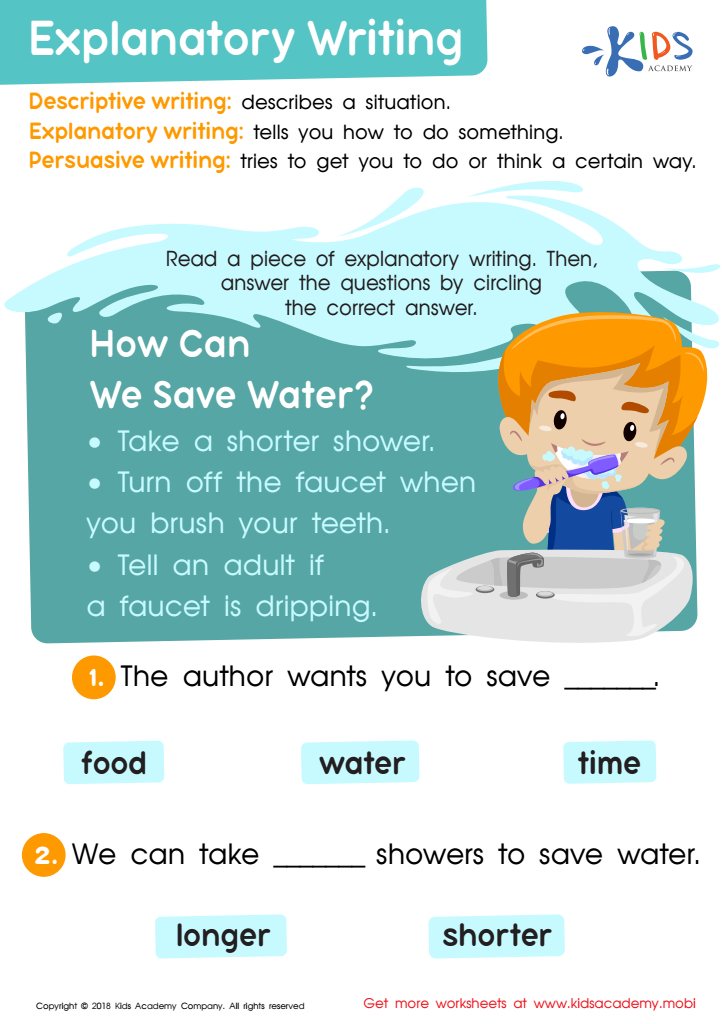

Explanatory Writing Worksheet
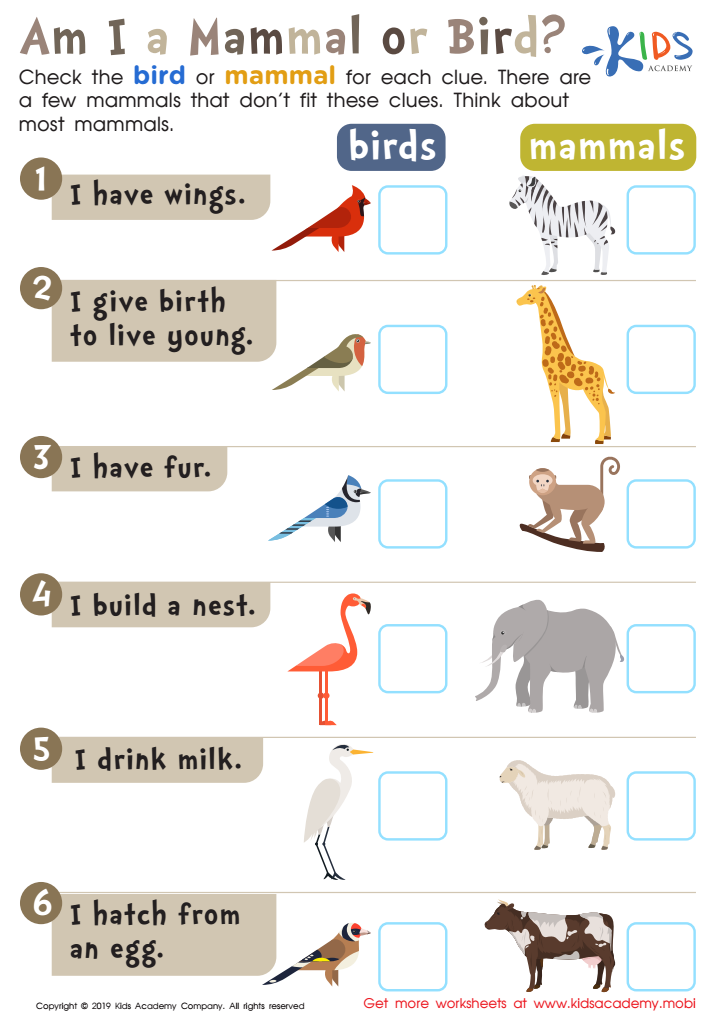

Am I a Mammal or Bird? Worksheet
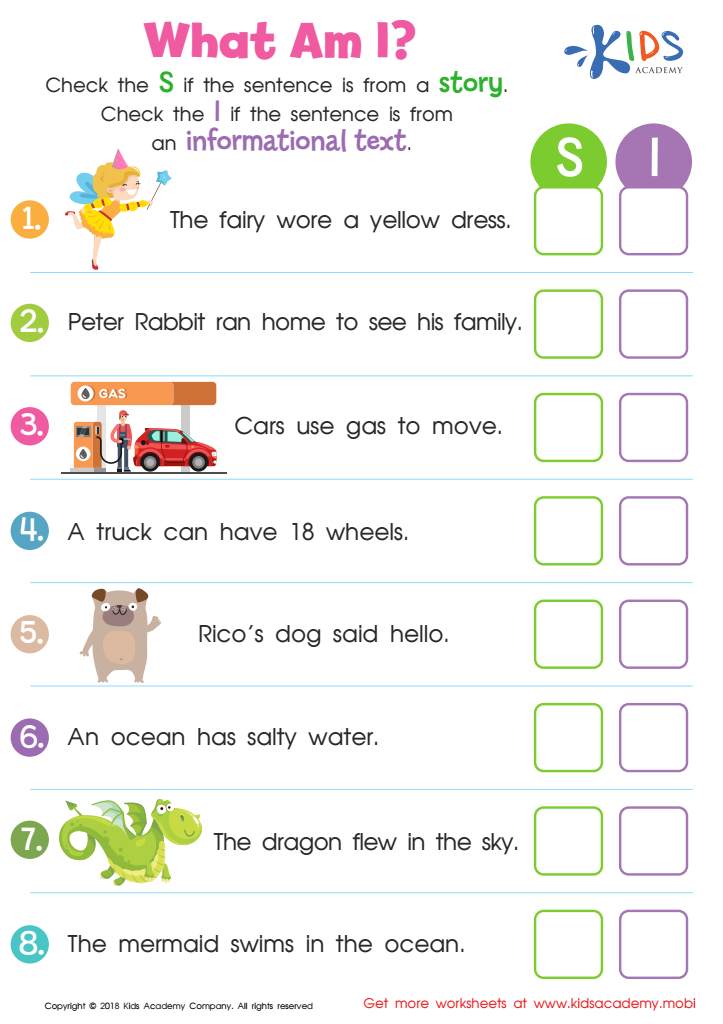

What Am I? Worksheet
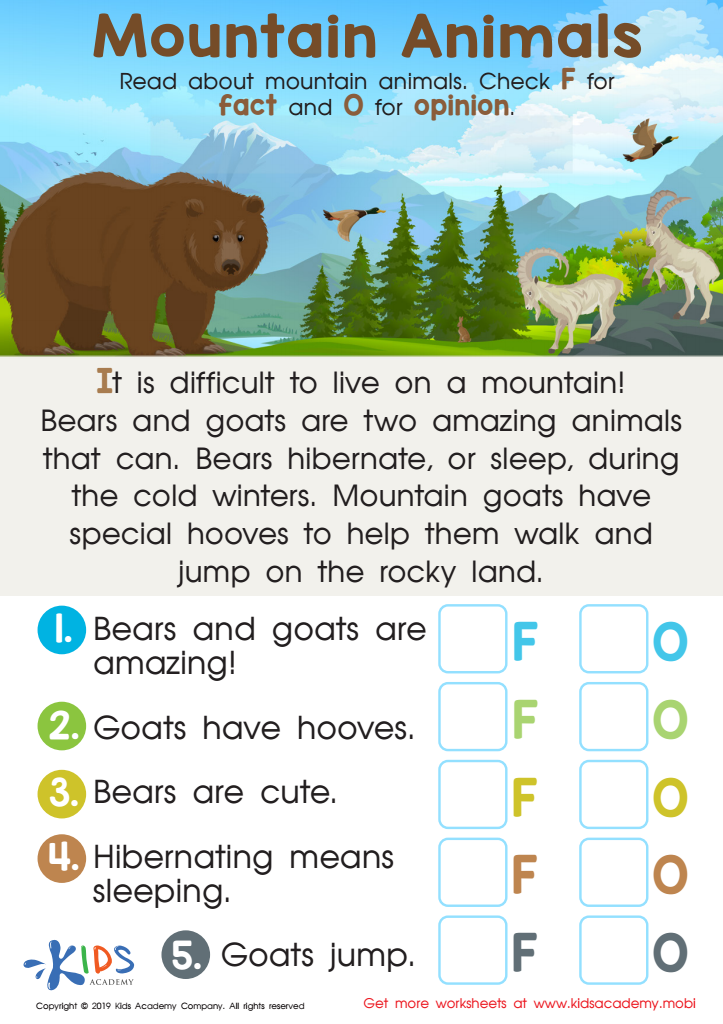

Mountain Animals Worksheet
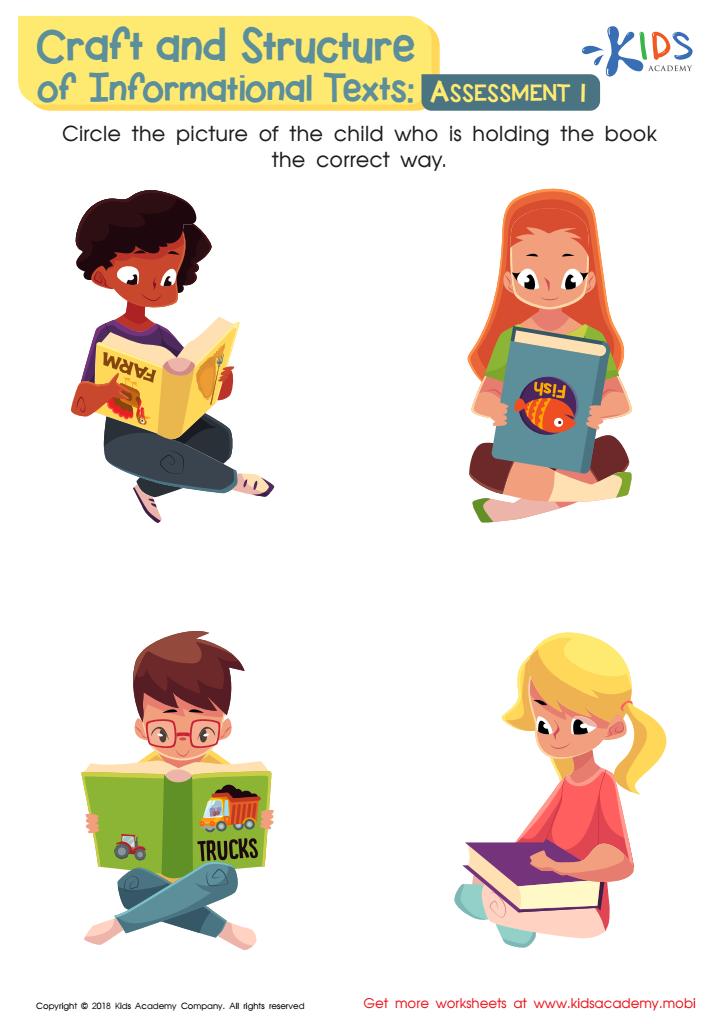

Craft and Structure of Informational Texts: Assessment 1 Worksheet
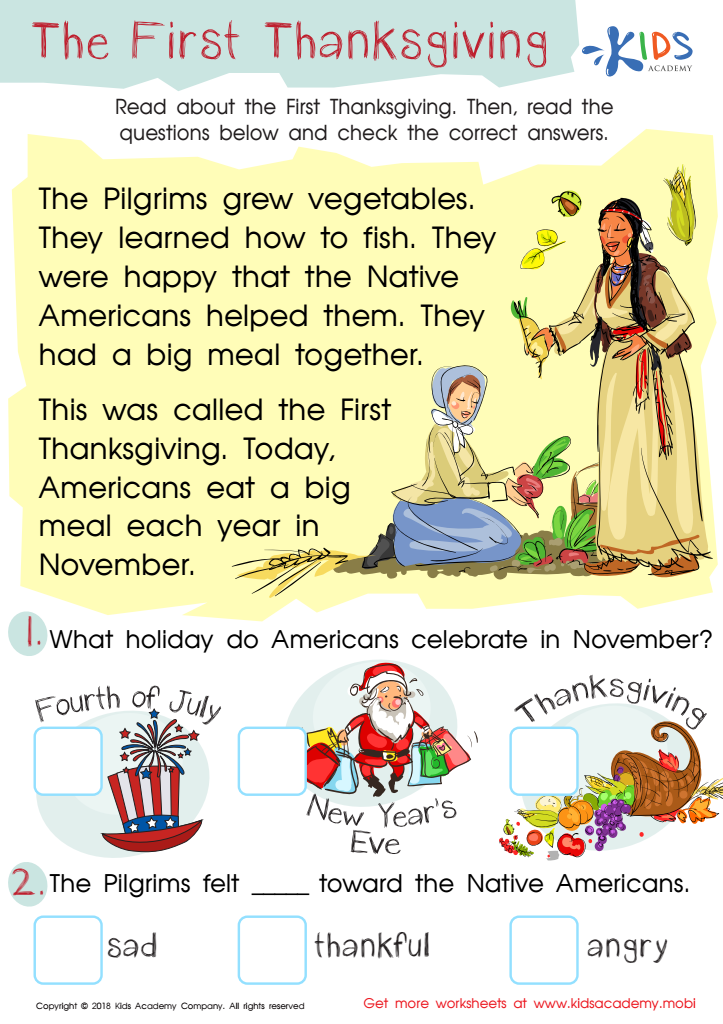

Assessment: First Thanksgiving Worksheet
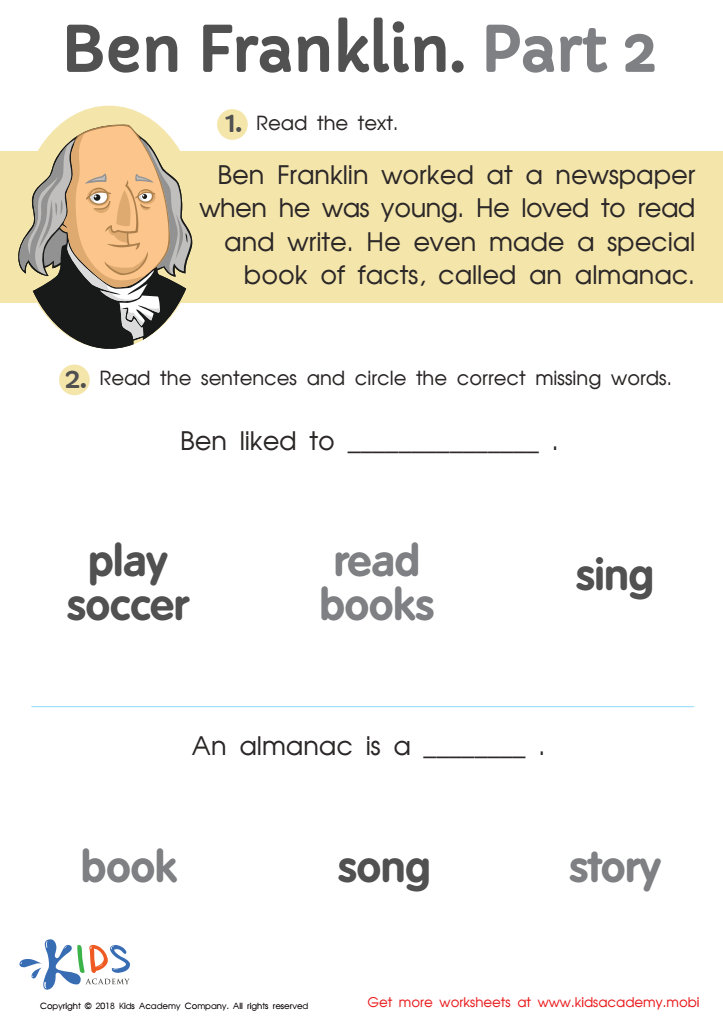

Ben Franklin Part 2 Worksheet
Parents and teachers should prioritize Critical Thinking Reading Non-Fiction for children ages 5-8 because it plays a pivotal role in developing foundational skills that serve a lifetime. At this early age, children are naturally curious, and exposing them to non-fiction texts cultivates their interest in the world around them. Learning to analyze information and evaluate evidence encourages them to ask questions, fostering their innate curiosity and desire to learn.
Non-fiction texts challenge children to engage critically with real-world topics, enhancing comprehension and the ability to distinguish between fact and opinion. As they encounter various subjects—be it science, history, or nature—they learn to synthesize information, grasp complex concepts, and express their thoughts clearly. This practice is vital in an age where media consumption is heavy and discerning credible information is crucial.
Furthermore, strengthening critical thinking skills early in life fuels emotional intelligence and problem-solving abilities. It empowers young learners to develop independent thoughts, make informed decisions, and adapt to new situations. By supporting Critical Thinking Reading Non-Fiction, parents and teachers not only enrich children's literacy experiences but also equip them with essential skills that promote lifelong learning and responsible citizenship.
 Assign to My Students
Assign to My Students


